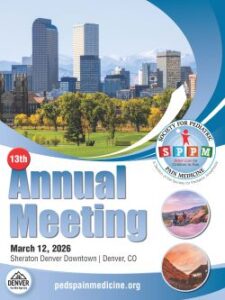A 15-year-old, female, softball player presents for left knee ACL reconstruction with autograft, following a knee injury few weeks ago. The patient denies any numbness or weakness in her leg at this time, but active knee movement is limited by pain. Her past medical history and physical exam are otherwise unremarkable. Strength is perceived as 5/5 in all muscles tested. Sensation was normal in the affected lower extremity. For pain management, left femoral nerve block is done with 0.2% ropivacaine (10 ml) under ultrasound guidance, and femoral catheter left in place, after anesthesia induction, prior to surgical incision. iPACK block is done at the end. GETA is otherwise uneventful and surgical tourniquet time is noted to be 92 minutes. In the recovery room, she is pain-free. She is discharged home with nerve catheter in place infusing 0.15% ropivacaine @8 ml/hr with instructions for catheter care. She was followed by pain service while catheter is in place, and removal at home on postoperative day 3. Over this time there were no motor deficits reported. On routine post-surgical follow up 2 weeks after surgery in orthopedic clinic, she complains of persistent numbness in medial aspect of knee to foot. On exam, she also has weakness 3/5 with knee extension and has been unable to participate in physical therapy. The orthopedic surgeon refers the patient to the anesthesiologist who performed the block for further assessment. After a thorough exam and discussion, referral to neurology is placed. Electromyography/nerve conduction studies are conducted a week later which reveal neurapraxia.
Please select which of the following features will most help make the diagnosis of neurapraxia:
Correct!
Wrong!
Question of the Month - December 2023
 SPPM 13th Annual Meeting
SPPM 13th Annual Meeting